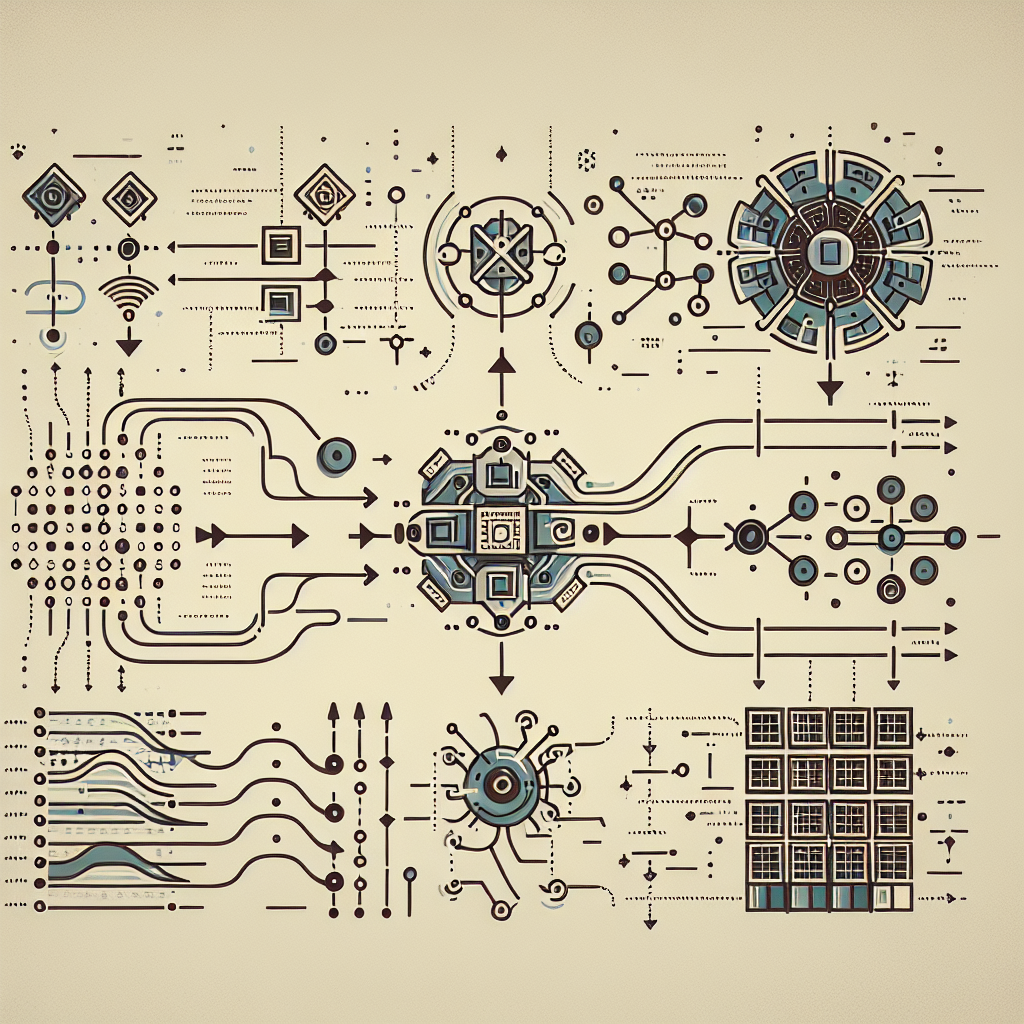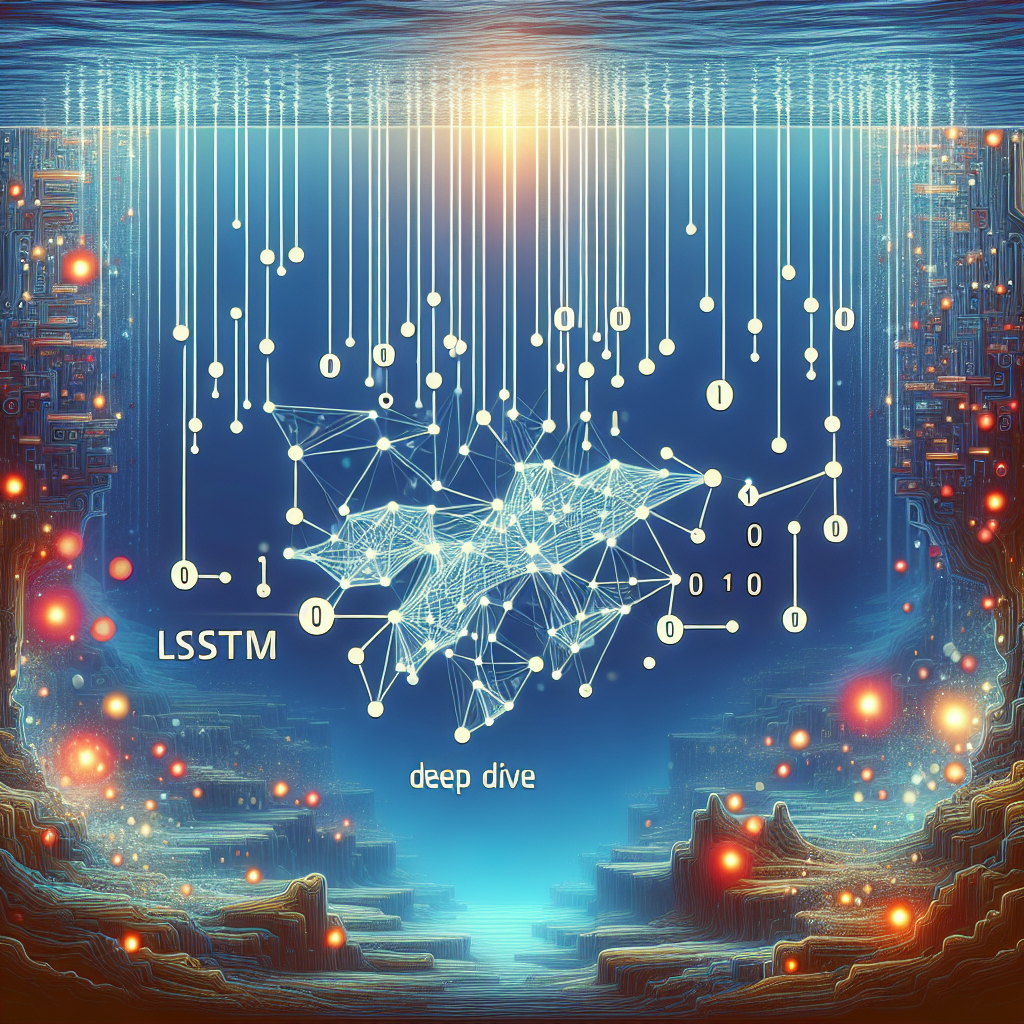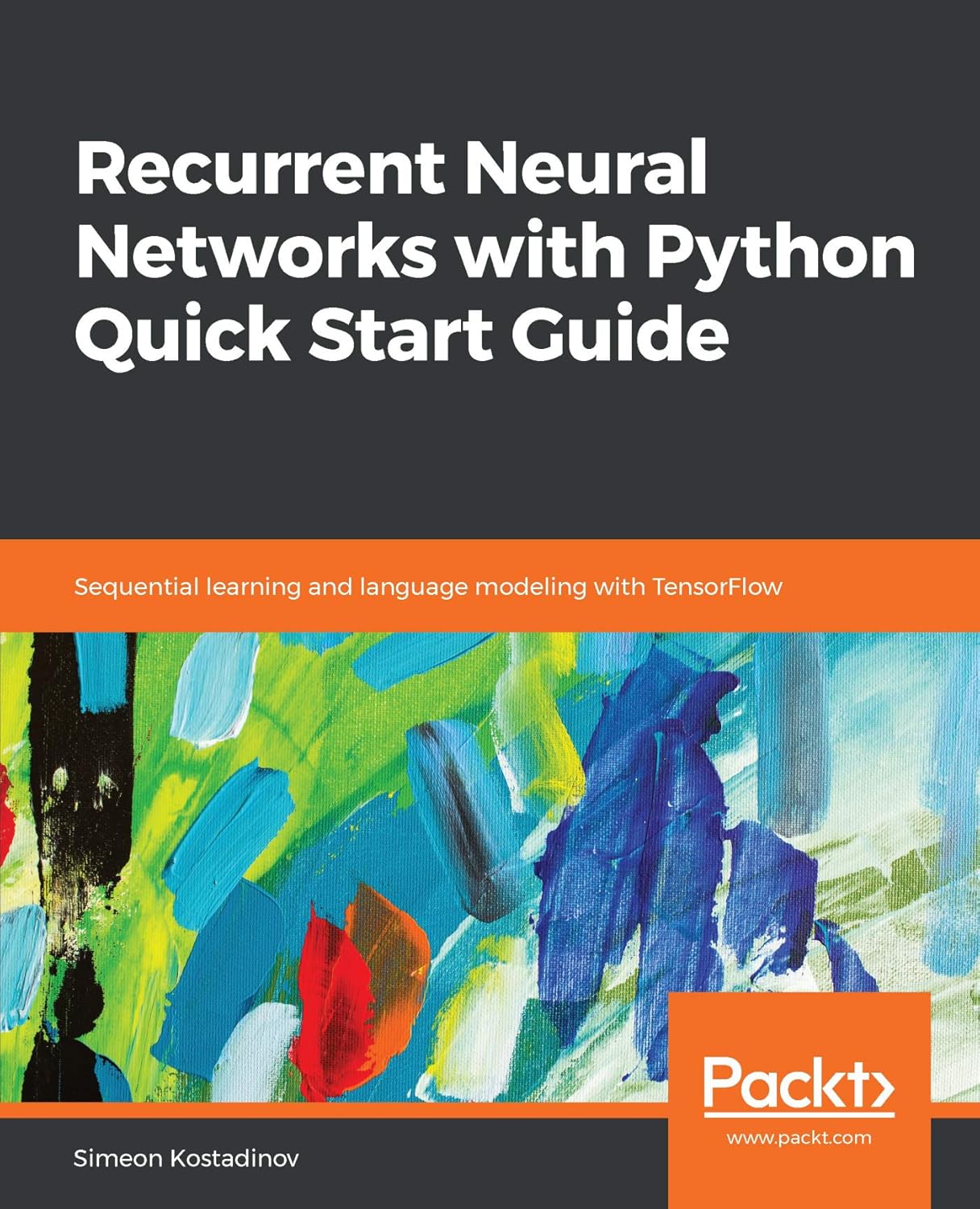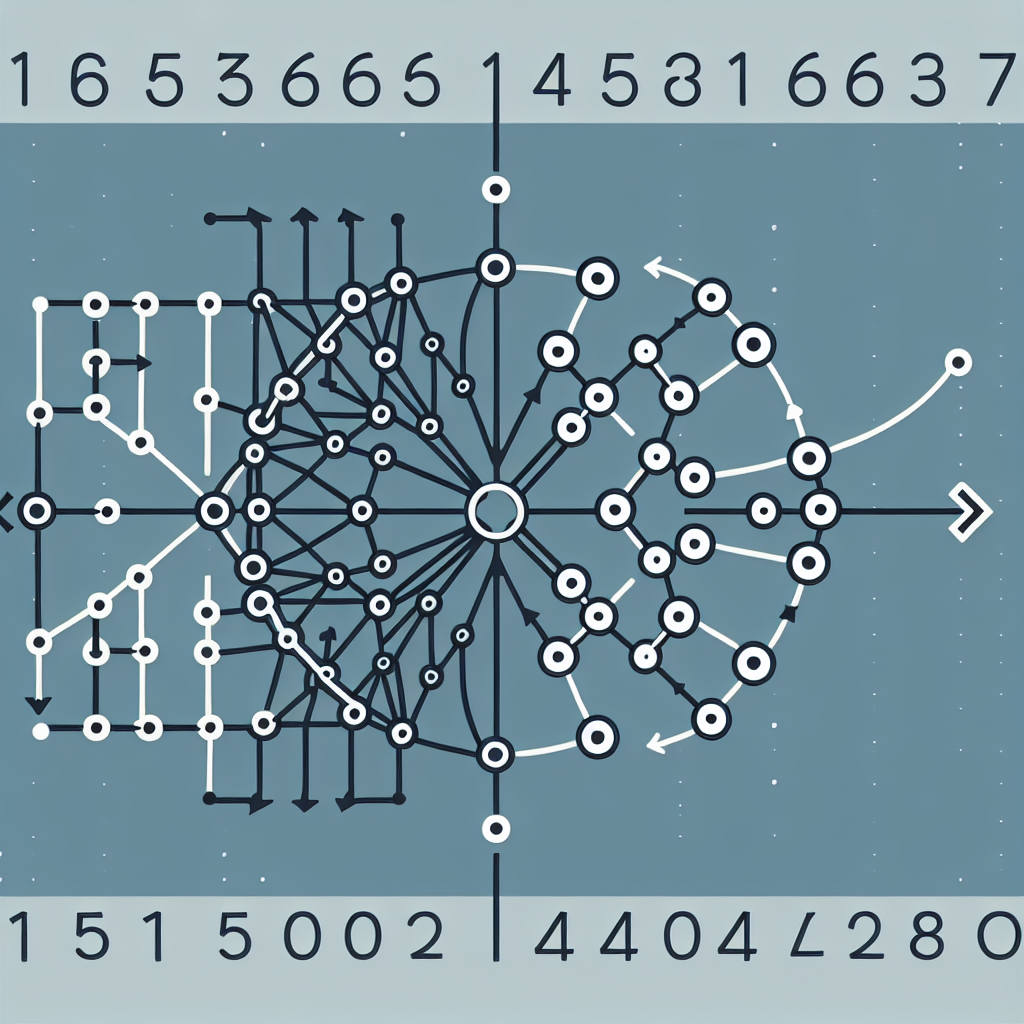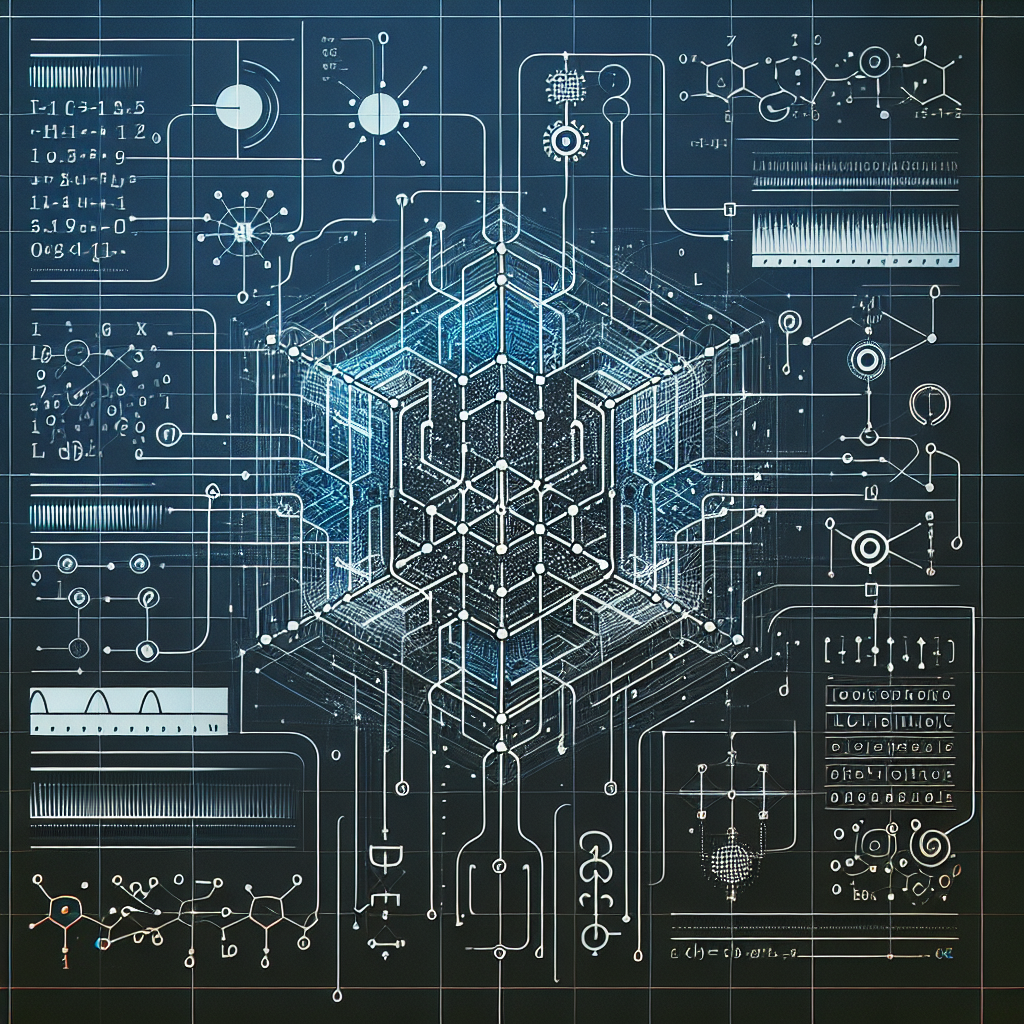Fix today. Protect forever.
Secure your devices with the #1 malware removal and protection software
Sequential data analysis is a crucial aspect of many fields such as natural language processing, time series forecasting, and speech recognition. Recurrent Neural Networks (RNNs) have emerged as a powerful tool for analyzing sequential data due to their ability to capture long-term dependencies in the data.
RNNs are a type of artificial neural network that is designed to handle sequential data by maintaining a memory of previous inputs. This memory allows RNNs to learn patterns and relationships within the data over time, making them ideal for tasks such as predicting the next word in a sentence or forecasting future stock prices.
One of the key advantages of using RNNs for sequential data analysis is their ability to handle variable-length sequences. Traditional neural networks require fixed-length inputs, which can be a limitation when working with sequences of varying lengths. RNNs, on the other hand, can process sequences of any length, making them versatile and adaptable to a wide range of applications.
Another benefit of RNNs is their ability to capture long-term dependencies in the data. This is achieved through the use of recurrent connections, which allow information to flow through the network over time. By maintaining a memory of previous inputs, RNNs can learn complex patterns and relationships within the data that may not be apparent to other types of models.
In recent years, researchers have made significant advancements in enhancing RNNs for sequential data analysis. One such enhancement is the development of Long Short-Term Memory (LSTM) networks, which are a type of RNN that is specifically designed to address the vanishing gradient problem. The vanishing gradient problem occurs when gradients become too small during training, making it difficult for the model to learn long-term dependencies. LSTM networks use specialized memory cells to overcome this issue, allowing them to learn complex patterns in the data more effectively.
Another advancement in RNNs is the development of Gated Recurrent Units (GRUs), which are a simplified version of LSTM networks that are computationally more efficient. GRUs also use specialized gating mechanisms to control the flow of information through the network, making them well-suited for tasks such as language modeling and machine translation.
Overall, RNNs have proven to be a valuable tool for enhancing sequential data analysis across a variety of domains. Their ability to capture long-term dependencies and handle variable-length sequences make them well-suited for tasks such as natural language processing, time series forecasting, and speech recognition. With ongoing research and advancements in RNN architecture, we can expect to see even greater improvements in sequential data analysis in the years to come.
Fix today. Protect forever.
Secure your devices with the #1 malware removal and protection software
#Enhancing #Sequential #Data #Analysis #RNNs,rnn

